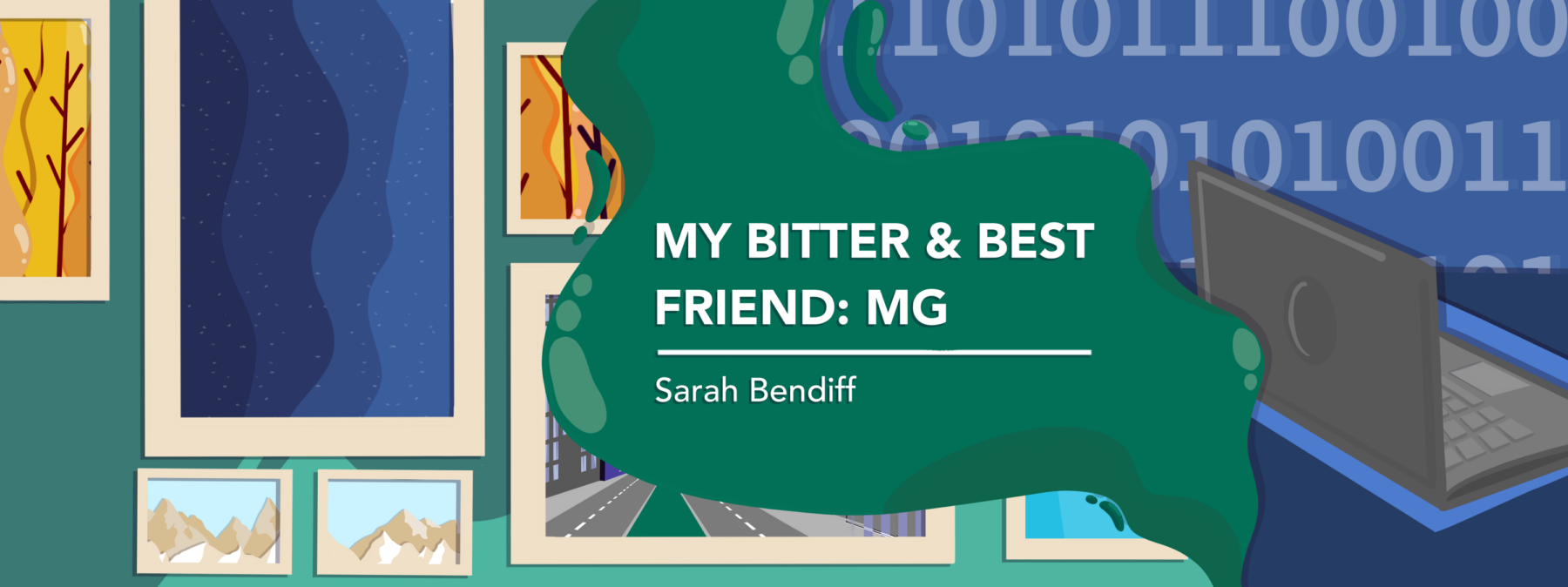Combining different treatment philosophies in my life with MG
How I embrace multiple beliefs and approaches to medicine

The funniest part about living with a chronic disease like myasthenia gravis is that everyone around you suddenly acts like an expert. They all seem to know a miracle treatment, a secret herb, a magical massage, or a doctor or guru who will surely cure you. I know these suggestions come from a good place, a genuine desire to help, but they can be exhausting.
I know I’m not the only one who feels this way. Many of my friends with chronic illnesses experience the same thing. Why does it bother us so much?
Because of the fear of disappointment. The fear of trying one more thing, hoping this time it might work, only to be let down again. The fear of hoping an herb, a massage, or a medication will help — only to watch that hope fade away day by day.
I still like to try new things, and sometimes the advice I receive does help, even if only in a small way. But I’ve come to realize how different cultures and people approach illness. I find these various treatment philosophies fascinating, and believe each group holds part of the truth. Let me explain:
The pure science believers: These are your typical doctors and pharmacists. In Western medicine, the body is viewed as a biological system that can be controlled or corrected through external influence, such as through chemistry (medications) or physics (radiotherapy). The body becomes a clinical subject.
But even those who take a highly scientific approach generally recognize that each body is unique and these measures don’t always work. However, there’s great value in this system, and Western medicine works extremely well for treating many illnesses, which is why I continue to trust my medical team.
The holistic/religious approach: I’ve tried energy healing techniques, and honestly, they worked well for me, at least at certain times. But some people see the body as a reflection of the soul. They believe every illness or symptom is linked to trauma or is a message from our body — not simply a biological reaction to a virus or stress.
While I’ve had good results with this approach, I’m also aware of its risks. I’ve seen people abandon lifesaving medications because they believed that charged water or some form of spiritual energy would heal them. And sadly, some paid the ultimate price.
The “in-between” team: If I had to choose a favorite, it’d be this group. I place physiotherapists, naturopaths, and nutritionists here.
While holistic practitioners tend to focus on why the illness appeared, and doctors and scientists often work to control the body with external interventions, this team seems to combine both approaches to help the body function at its best. In my experience, these practitioners aim to assist in the body’s natural recovery process instead of forcing change.
I find this approach much softer and more balanced. And when practiced responsibly, these techniques usually carry fewer side effects than the other approaches.
How culture shapes beliefs
It’s interesting how much culture influences these treatment philosophies. Western cultures lean heavily toward rational, scientific solutions. Meanwhile, many Eastern medical traditions embrace deep-rooted beliefs about balance and energy, respecting unseen forces within the body.
And that’s what makes this world beautiful. No one holds the whole truth, though we’ll likely spend our entire lives seeking it — balancing science, tradition, and personal experience along the way.
If I could create the perfect treatment plan, I’d gather all these teams to treat the body as a whole: a physical, emotional, and spiritual being.
I dream of a system where Western medicine goes hand in hand with physiotherapy, nutrition, and complementary care. Where a patient’s mental health and spiritual well-being are valued alongside lab results and physical symptoms.
If more treatments focused on supporting the body’s natural rhythms, I believe we’d all feel a little better.
Note: Myasthenia Gravis News is strictly a news and information website about the disease. It does not provide medical advice, diagnosis, or treatment. This content is not intended to be a substitute for professional medical advice, diagnosis, or treatment. Always seek the advice of your physician or other qualified health provider with any questions you may have regarding a medical condition. Never disregard professional medical advice or delay in seeking it because of something you have read on this website. The opinions expressed in this column are not those of Myasthenia Gravis News or its parent company, Bionews, and are intended to spark discussion about issues pertaining to myasthenia gravis.







Leave a comment
Fill in the required fields to post. Your email address will not be published.